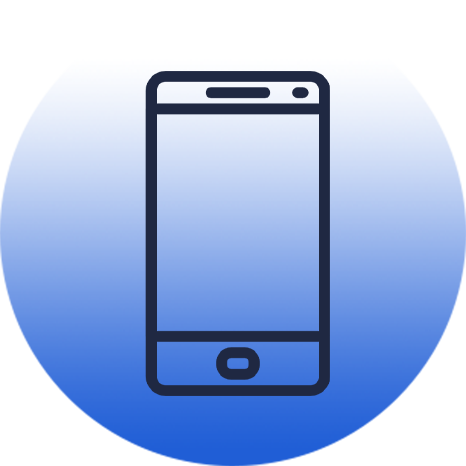
Sleep Test

Do you have any sleep problems? Your sleep doctor will recommend that you undergo a sleep test or a polysomnography if he suspects that you have any of the following sleep ailments:
- Sleep apnea or any other sleep related breathing disorder. If you have sleep apnea, your breathing repeatedly stops and starts during sleep.
- Periodic limb movement disorder. You have this disorder if you involuntarily flex and extend your legs while sleeping. This condition is sometimes associated with restless legs syndrome.
- Narcolepsy. A neurological disorder, narcolepsy affects your ability to wake and sleep. You experience excessive uncontrollable daytime sleepiness and may suddenly fall asleep at any time during any activity.
- REM or rapid eye movement sleep behavior disorder. This sleep disorder involves acting out dreams as you sleep.
- Unusual behaviors during sleep. Your doctor may perform this test if you do unusual activities during sleep such as walking, moving around a lot or with rhythmic movements.
- Unexplained chronic insomnia. If you consistently have trouble falling asleep or staying asleep, your doctor may recommend a sleep test.
Polysomnography records your brain waves, the oxygen level in your blood, heart rate and breathing, as well as eye and leg movements during the study.
Polysomnography monitors your sleep stages and cycles to identify if or when your sleep patterns are disrupted and why.
The normal process of falling asleep begins with a sleep stage called non-rapid eye movement (NREM) sleep. During this stage, your brain waves, as recorded by electroencepthalography (EEG), slow down considerably.
Your eyes do not move back and forth rapidly during NREM in contrast to later stages of sleep. After an hour or two of NREM sleep, your brain activity picks up again, and rapid eye movement (REM) sleep begins. Most dreaming occurs during REM sleep.
You normally go through multiple sleep cycles a night, cycling between NREM and REM sleep in about 90 minutes. Sleep disorders can disturb this sleep process.
The test is usually done at a Sleep Disorders Unit within a hospital or at a sleep center. The test records your nighttime sleep patterns and is usually done at night. It can also be done during the day to accommodate those who work at night.
In addition to helping diagnose sleep disorders, polysomnography may be used to help adjust your treatment plan to sleep well if you have already been diagnosed with a sleep disorder.
Book An Appointment
Copyright © 2019-2020. The Medical City Clark, Pampanga, Philippines. All Rights Reserved.




